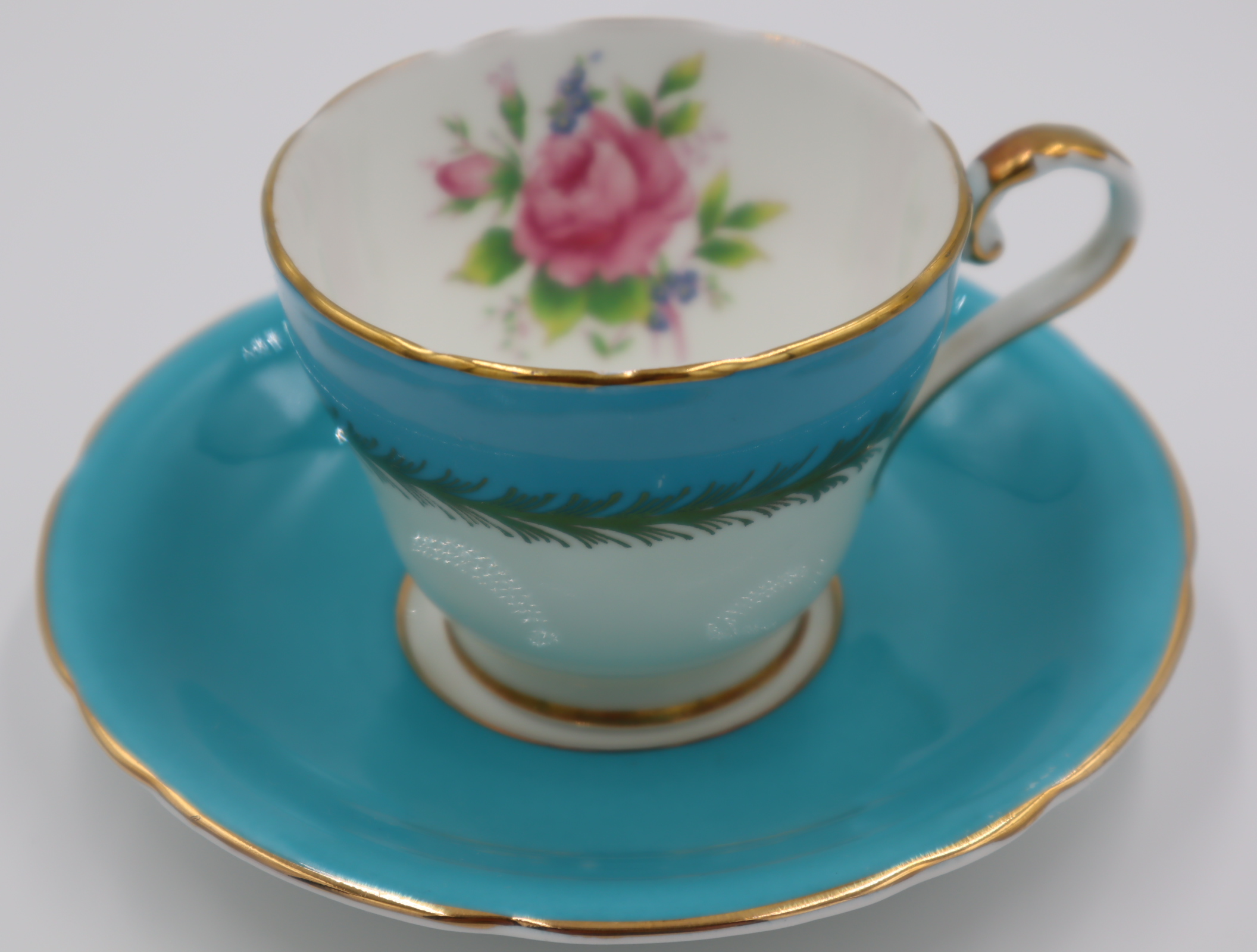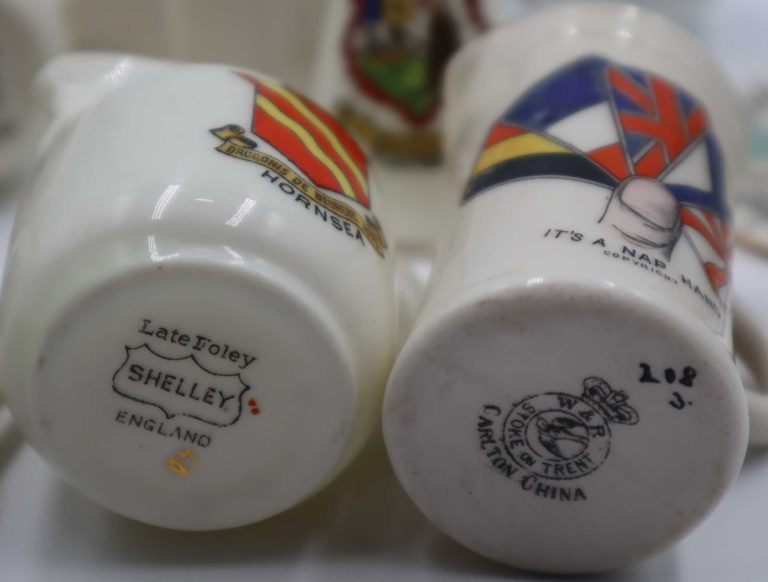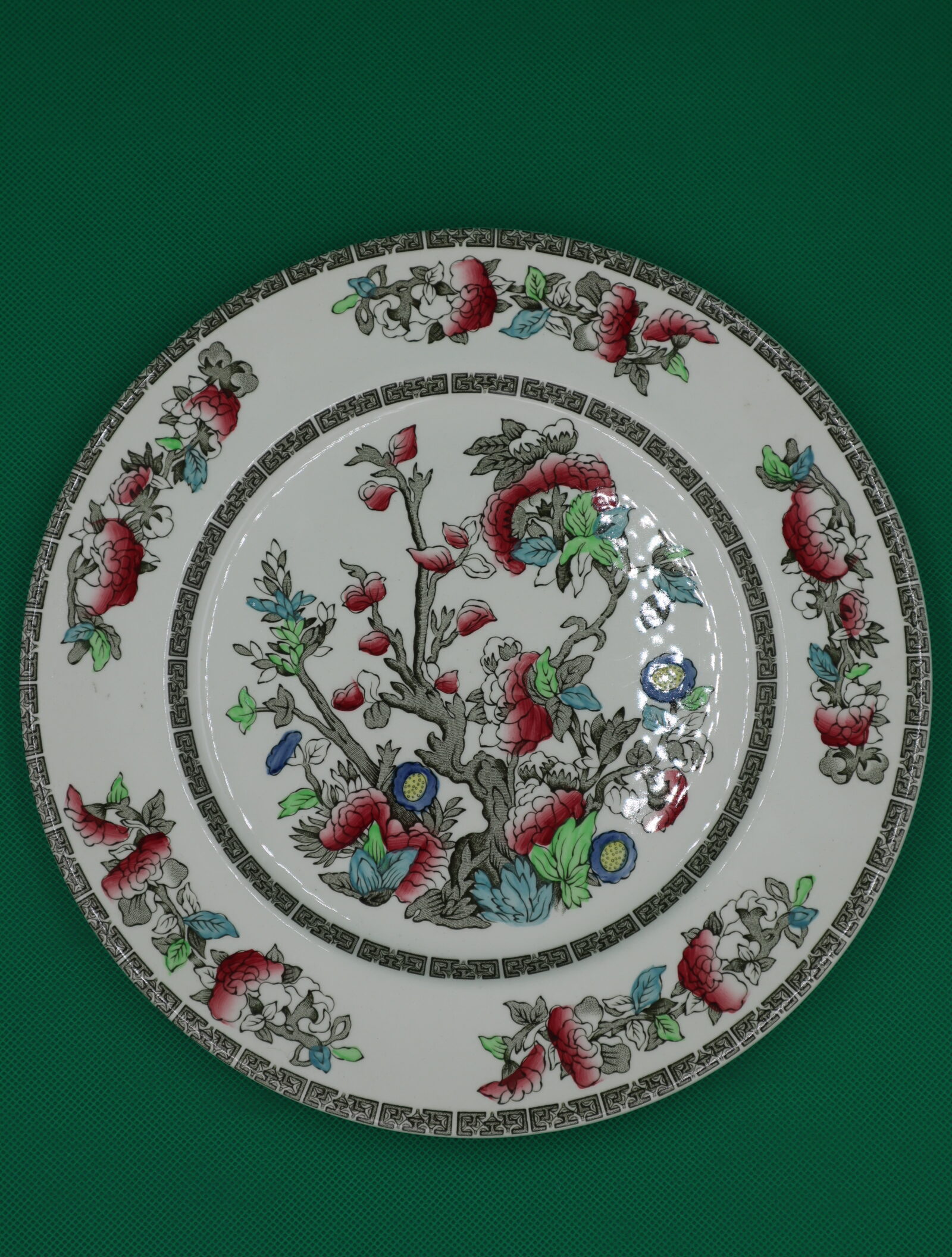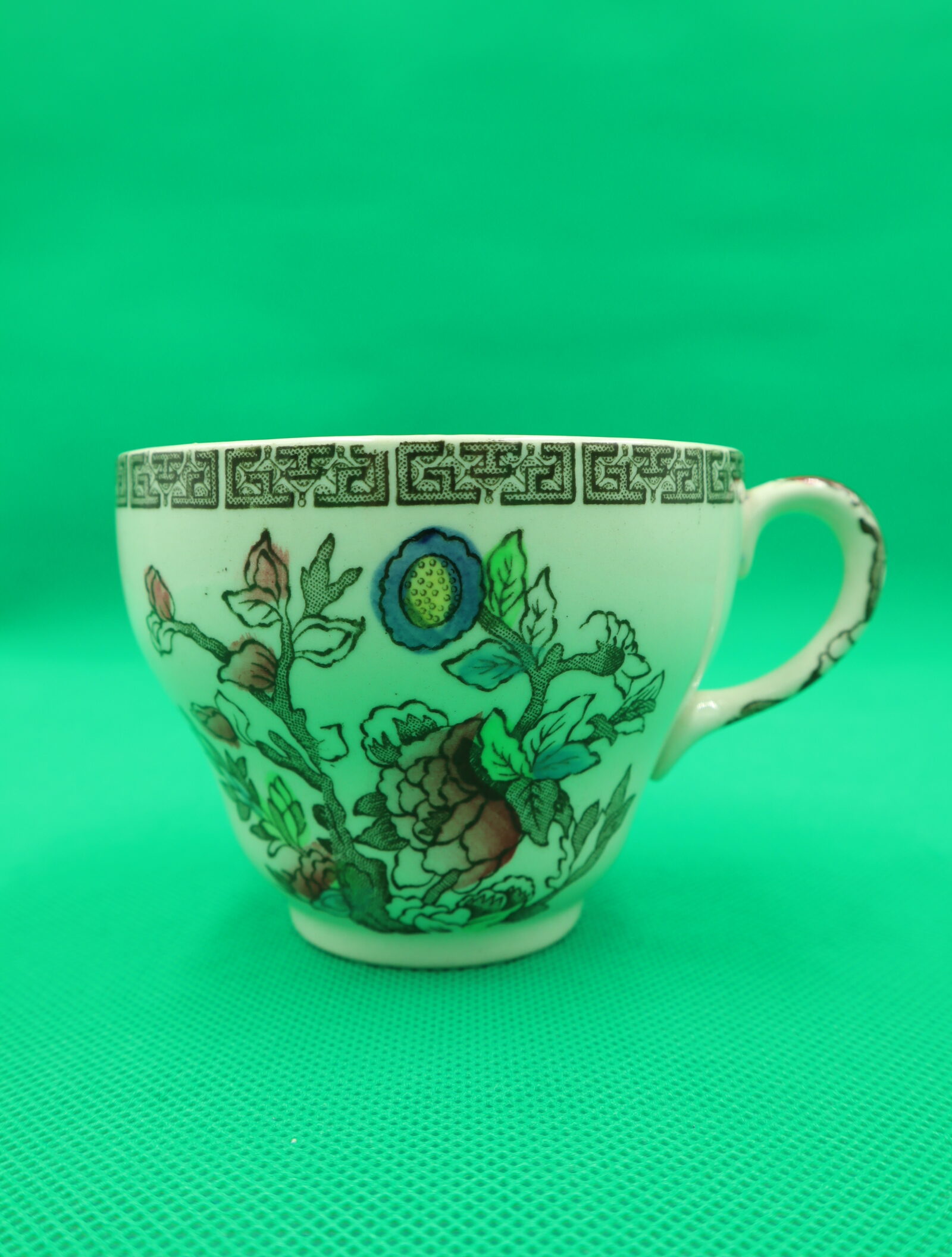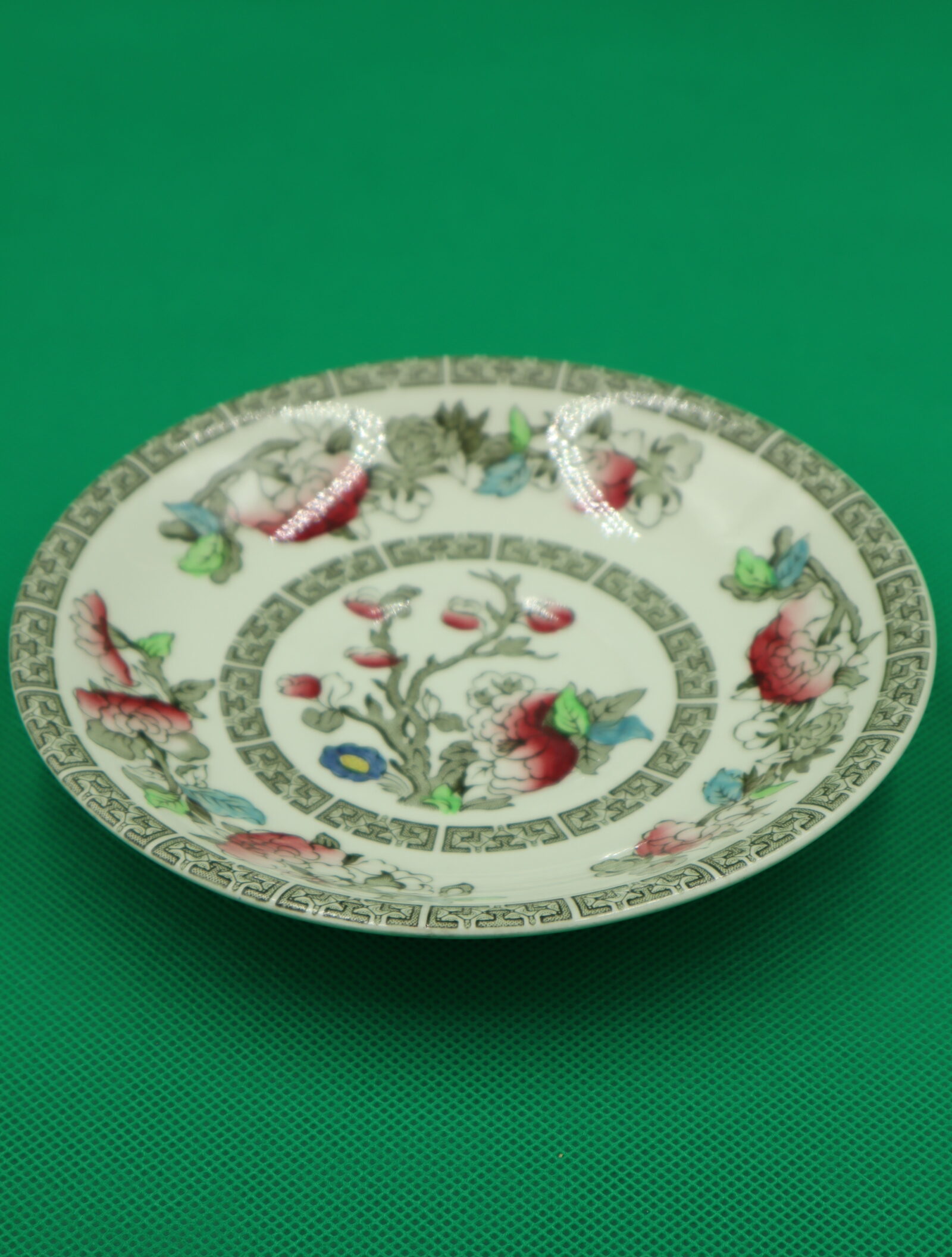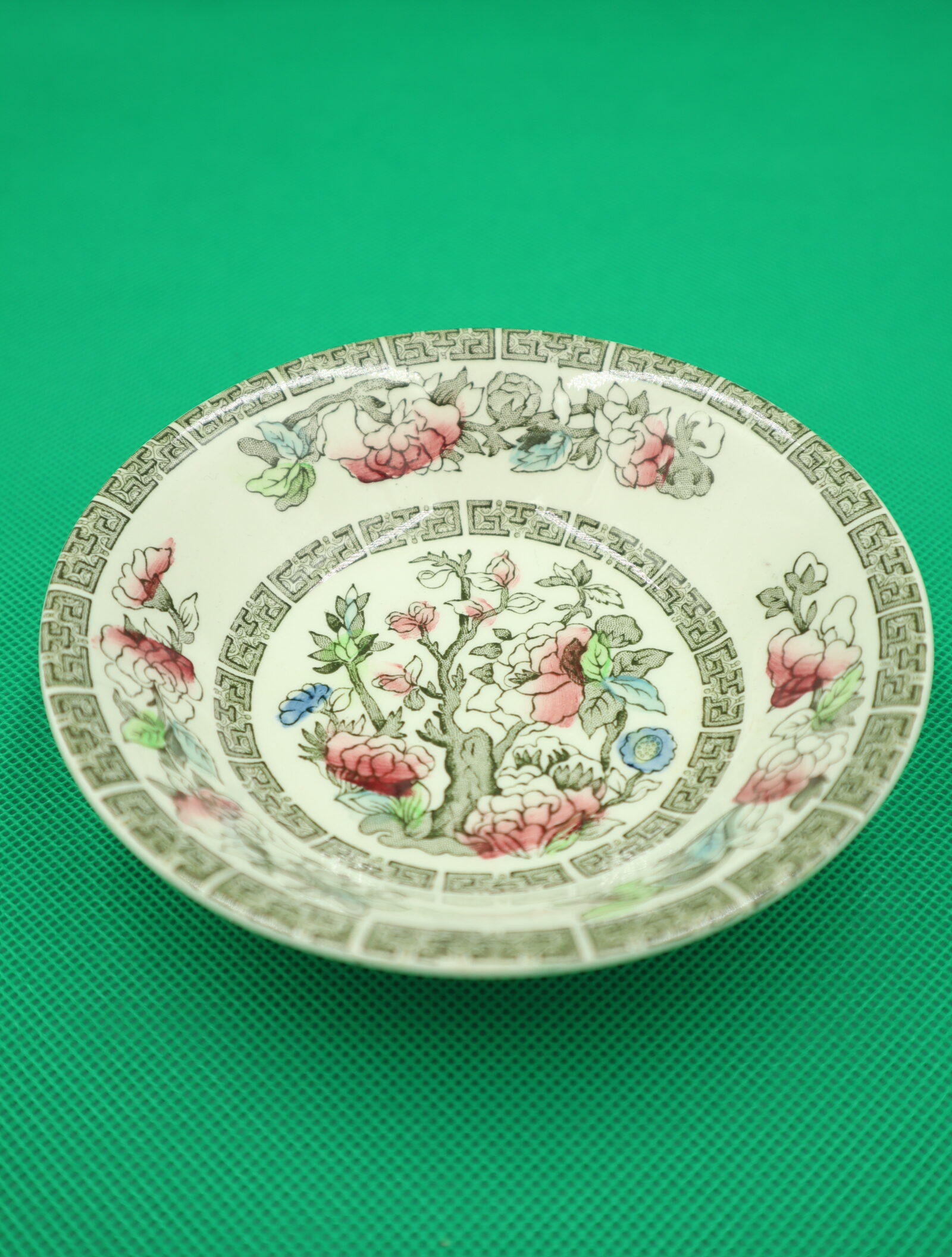Aynsley
Aynsley Ceramics stands as a hallmark of refined craftsmanship and timeless elegance in the world of pottery. Established in the British ceramics industry, Aynsley has maintained a strong legacy since its inception, becoming synonymous with quality tableware, decorative ceramic pieces, and a rich history that intertwines craftsmanship with artistry.
The Origins of Aynsley Ceramics
Aynsley Ceramics was founded in 1775 by John Aynsley in the city of Staffordshire, England, an area renowned for its pottery and earthenware. The company’s initial focus was on creating exquisite porcelain and, soon, it became known for its intricate designs and high-quality materials. The 18th century was a period of great innovation in ceramics, and Aynsley seized this opportunity, quickly establishing itself as a leader in this emerging market.
In the early years, Aynsley was particularly noted for its fine china and decorative plates, which were adorned with floral patterns and gold accents, appealing to the tastes of the Georgian and Victorian eras. The company enjoyed royal patronage, a testament to its distinguished reputation, and this association helped solidify its place as a prestigious ceramics manufacturer.
The Evolution of Design
As the company flourished, it underwent several transformations, adapting its styles based on contemporary trends while maintaining its commitment to quality. Throughout the 19th century, Aynsley introduced new shapes and designs that reflected the changing aesthetic sensibilities of the time.
In 1905, under the leadership of John Aynsley’s grandson, the company began producing a range of hand-painted porcelain pieces that became particularly popular. These items featured vibrant colors and intricate designs that captured the imagination of collectors and patrons alike. The craftsmanship involved in creating such pieces was painstaking, with artists spending hours carefully painting and finishing each item.
Add Your Heading Text Here
The history of Aynsley is marked by significant milestones that contributed to its legacy:
1911: The company was awarded a Royal Warrant by King Edward VII, further enhancing its prestige and recognition in both domestic and international markets.
1930s: The introduction of game bird and wildflower patterns reflected a growing interest in natural themes during this period, aligning with the Art Deco movement emerging at the time.
1970s: Aynsley became a household name in the UK and abroad, with its products commonly featured in high-street stores and sought after by collectors. The company expanded its range to include dinnerware sets, decorative collectibles, and giftware.
2000s: With the rise of global competition, Aynsley’s focus on quality over quantity became ever more crucial. The company navigated challenges by emphasizing its artisanal production methods and unique designs, ensuring its place in the world of fine ceramics.
A Turn Towards Modernity
In recent years, Aynsley has embraced modern technology and contemporary design sensibilities while still honoring its rich heritage. The brand has successfully combined traditional craftsmanship with innovative designs, catering to a new generation of collectors and enthusiasts.
Aynsley ceramists utilize techniques passed down through generations while also experimenting with new materials and processes. This fusion of old and new takes shape in elegant dining sets, striking giftware, and sophisticated decorative items. The brand remains committed to sustainability, employing environmentally conscious practices in its production processes.
Connections to the Ceramic Community
Aynsley’s significance in the ceramic industry goes beyond its products; the brand is part of a vibrant community of artisans and collectors. It has established ties with numerous antique dealers, pottery fairs, and collectors’ organizations that celebrate the legacy of British ceramics. One platform that highlights various makers in the ceramics field, including Aynsley, is Rummage Antiques. This website provides insights into the history, craftsmanship, and value of antique and vintage ceramics, showcasing pieces from manufacturers like Aynsley.
For further exploration of Aynsley’s storied past, the Aynsley Wikipedia page provides comprehensive information about the company’s history, product lines, and notable achievements.
Collecting Aynsley Ceramics
Aynsley ceramics appeal strongly to collectors due to their elegance and historical significance. Collecting Aynsley pieces can be remarkably fulfilling, with many enthusiasts keen on acquiring unique items that reflect different eras of design. Items such as tea sets, plates, and figurines often become cherished heirlooms passed down through generations.
When considering adding Aynsley to a collection, enthusiasts should pay attention to several factors:
Condition: The condition of the piece greatly affects its value. Look for cracks, chips, or repairs when assessing items.
Design and Pattern: Certain designs may be rarer and more valuable than others. Familiarizing oneself with the various patterns can enhance collecting knowledge.
Age and Markings: The age can sometimes be determined by the markings on the base, which vary throughout the company’s history. Researching these markings can provide insight into the piece’s provenance.
Provenance: Understanding the history of an item, such as previous ownership or its journey through time, can add significant value to a piece.
Conclusion
Aynsley Ceramics has truly stood the test of time, reflecting the beauty and intricacy of British ceramics. From its humble beginnings in the 18th century to its present-day standing as a leader in fine china, Aynsley’s journey is a testament to the enduring appeal of quality craftsmanship. As collectors, enthusiasts, and admirers continue to celebrate this brand, the legacy of Aynsley remains alive and well, cherished in homes and collections around the world.
For those interested in delving deeper into the world of Aynsley ceramics and exploring the beautiful pieces they offer, visiting specialized antique websites like Rummage Antiques or researching through Wikipedia can offer valuable insights and connections to this fascinating world of ceramics. Whether you are a collector or just an admirer of fine art and craftsmanship, Aynsley Ceramics proudly holds a place in the pantheon of decorative arts, bridging the elegance of the past with the innovation of the present.

